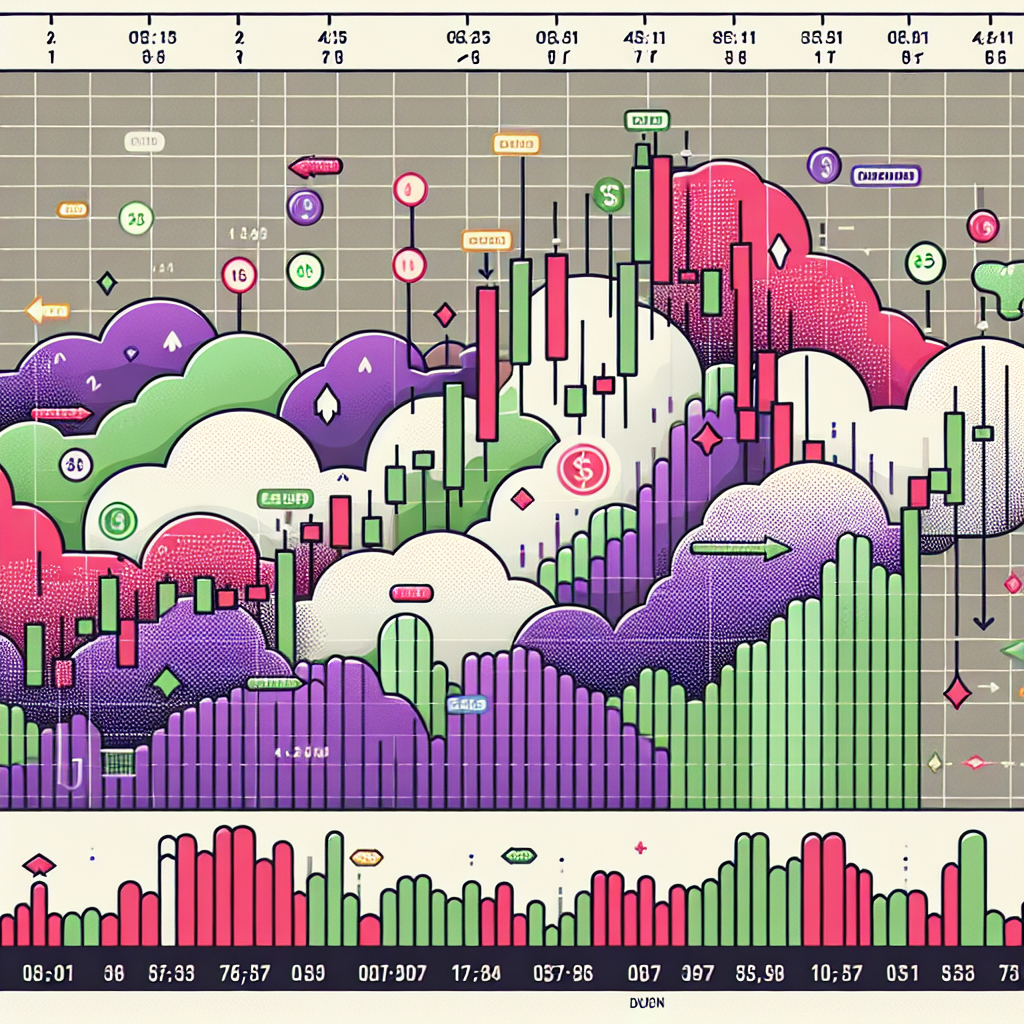Identifying Key Support and Resistance Zones
Support and resistance zones play a crucial role in technical analysis and are essential for traders and investors to make informed decisions. These zones are levels on a price chart where the buying or selling pressure is significant, causing the price to reverse or stall. Identifying these key support and resistance zones can greatly enhance your ability to predict market movements and improve your trading strategies.
Understanding Support and Resistance
Support and resistance are fundamental concepts in technical analysis that help traders identify potential price levels where the market may reverse or consolidate. Support refers to a price level where buying pressure is strong enough to prevent the price from falling further. Resistance, on the other hand, is a price level where selling pressure is strong enough to prevent the price from rising further.
Identifying Support Zones
When identifying support zones, traders look for areas where the price has previously bounced off multiple times. These areas indicate a strong buying interest and suggest that traders are willing to buy at that level. To identify support zones, follow these steps:
- Examine historical price data and look for areas where the price has consistently reversed or bounced off.
- Draw a horizontal line connecting the lowest points of these reversals. This line represents the support zone.
- Validate the support zone by ensuring that the price has respected it at least three times. The more times the price has respected the zone, the stronger it becomes.
Identifying Resistance Zones
Resistance zones are areas on a price chart where the price has consistently reversed or encountered selling pressure. To identify resistance zones, follow these steps:
- Analyze historical price data and locate areas where the price has consistently reversed or encountered selling pressure.
- Draw a horizontal line connecting the highest points of these reversals. This line represents the resistance zone.
- Validate the resistance zone by ensuring that the price has respected it at least three times. The more times the price has respected the zone, the stronger it becomes.
Using Support and Resistance Zones in Trading
Once you have identified key support and resistance zones, you can incorporate them into your trading strategies. Here are a few ways to utilize these zones:
- Entry and exit points: Use support and resistance zones to determine optimal entry and exit points for your trades. Buying near a support zone and selling near a resistance zone can increase the probability of profitable trades.
- Stop-loss placement: Place stop-loss orders just below support levels or above resistance levels to protect your positions in case the price breaks through these zones.
- Confirmation: When other technical indicators or chart patterns align with support or resistance zones, it can provide additional confirmation for potential market reversals or breakouts.
Conclusion
Identifying key support and resistance zones is a vital skill for traders and investors. These zones act as significant levels of buying or selling pressure and can greatly influence market movements. By understanding how to identify and utilize support and resistance zones, you can enhance your trading strategies and make more informed decisions in the financial markets.



